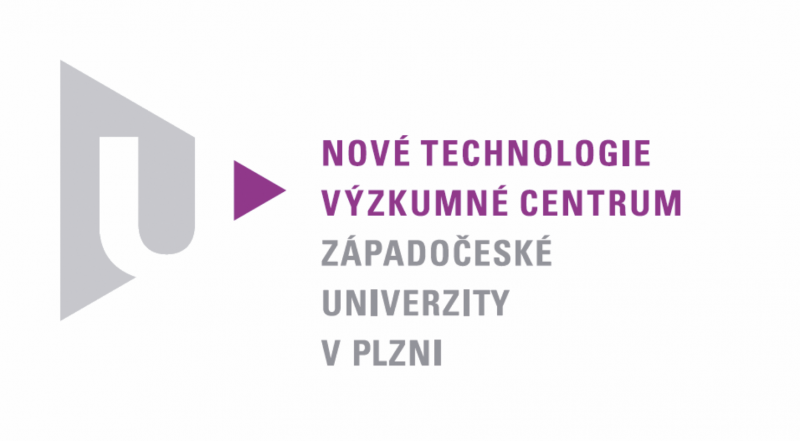Introduction
The term of integrated membrane processes refers to combinations of individual membrane processes into a technological unit in which these membrane processes complement each other conveniently.
Operational application
Drinking water
In production of drinking water from water containing more dissolved salts than permitted by limits in a particular country, reverse osmosis (RO) is used to remove salts and release clear water, but to be operational it needs water free of dissolved particles, colloids, big organic molecules etc. Salt water is typical for areas with water shortage (Southern Europe, Arabic countries, Australia etc.) so processed water is not only salty but also polluted, often to the degree that it cannot be refined using standard mechanical and chemical purification methods (clarification, filtration). As pre-treatment before RO, the process of micro-filtration (MF) is usually used. Production of drinking water is an example of a connection of two pressure membrane processes, in which the solution initially passes a membrane with larger pores to remove bigger impurities and then another membrane with smaller pores to finalize the product.
Purified water
Purified water is mainly used to rinse printed circuit boards to prevent short circuits caused by salt settled after rinsing with normal water. Purified water is an example of a connection of membrane processes with the driving forces of pressure and electric field. Water pre-treated by mechanical and chemical processes is desalinated by RO to the conductivity level measured in µS/cm. Then water passes the process of electrodeionization (EDI), which further decreases the conductivity to hundredths of µS/cm and removes the remaining dissolved gases (CO2, O2). Thus RO not only decreases the conductivity to a level suitable for EDI but also protects EDI against fouling with colloids.
Desalinated whey
An interesting example of a connection of membrane processes is separation of whey. After centrifugation and pasteurization, whey is thickened and univalent ions are partially removed from it by the process on nano-filtration (NF), then it is desalinated by the process of electrodialysis (ED). Nano-filtration substantially decreases investment and operational costs of the ED technology. After ED, desalinated whey is dried and used in child nutrition, bakery products, ice-cream, biscuits and similar products and as a partial substitute of milk.
Conclusion
Connection of membrane processes in selected applications brings savings of investment and operational costs. It is often necessary due to economic reasons; combination of advantages of individual membrane operations cuts down costs under the competitiveness limit in comparison with traditional technologies. In specialized technologies, more than two processes can be combined. Very common are combinations of pressure membrane processes with gradually decreasing pore sizes and electromembrane processes.



































 EUROPEAN UNION
EUROPEAN UNION